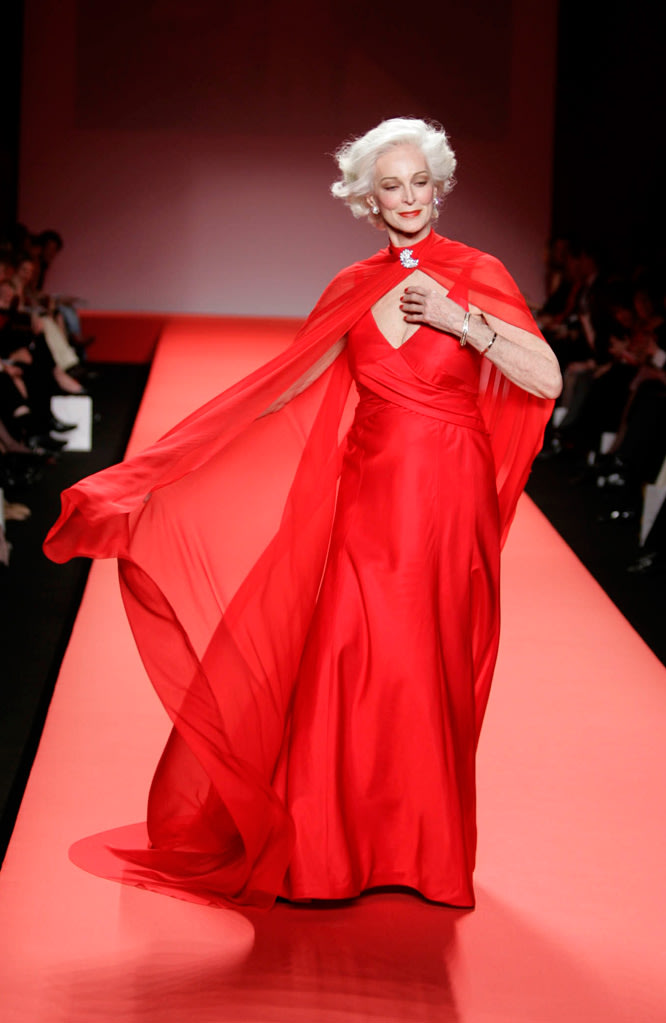Summer is around the corner, and I’m willing to bet that one of the hottest skin topics in the coming months is going to be the new sunscreen rules. These changes have been a long time coming, because sunscreen manufacturers have been using some "loose" definitions to the terms on their prodcuts' labels.
As a consumer, this means that you’re going to have to start reading labels differently. There are new regulations for manufacturers regarding protection benchmarks (which may lead to reformulation of some of your favorites), but for now we’ll stick to the info you need to know.
"Broad spectrum" is not broad.
The Scoop: There are two main types of UV rays: UVA and UVB. UVA rays are responsible for aging changes like wrinkles and discoloration, while UVB rays cause sunburn. Both of these rays contribute to skin cancer. However, SPF only refers to the level of UVB protection, and up until this point, there hasn’t been a scale for UVA protection.
New Rules: New labeling rules state that in order to put the words “broad spectrum” on a bottle of sunscreen, the product must shield skin from 90% of UVA rays, and have an SPF of all least 15, which means it provides protection from UVB rays as well
SPF in cosmetics is not reliable.
The Scoop: If you’ve been following me for any period of time, you know I always advise patients not to trust the SPF in makeup. Cosmetic labeling has not been required to follow the same rules as sunscreens.
New Rules: From now on, beach products and cosmetics products will be treated the same in terms of sun protection labeling. This means your favorite tinted moisturizer or foundation must meet the same criteria as sunscreens and carry a drug facts label if it claims to have SPF. Expect to see many of those sun protection claims go away—or to see skin cancer and skin aging warnings on products that do not meet the broad-spectrum criteria.
Shampoo or body wash is not sunscreen.
The Scoop: You may own body wash with SPF claims in its label. In the past, all kinds of products (including shampoo and powders) could claim to have sun protection.
New Rules: The FDA is tightening the rules on other types of products that claim to offer sun protection. Powders, towelettes, wipes, shampoos, or body washes will no longer be able to be classified as sunscreens. Even continuous spray formulas that we’ve all come to depend on must be subjected to additional testing in order to confirm that the average user actually applies enough product to get the protection stated on the package.
4. “Waterproof” and “sweatproof” are dangerous words.
The Scoop: These terms have been problematic for dermatologists for a long time, mainly because they give a false sense of security. Regardless of the formulation, and sunscreen needs to be reapplied every two hours, or after swimming, perspiring or towel-drying.
New Rules: New labeling rules only allow companies to state that a sunscreen is “water-resistant for 40 minutes” or “very water-resistant for 80 minutes.”
Another Type of Ray You Should Know
We wear sunscreen every day to shield our skin from the damage caused by UVA and UVB rays, but you probably didn’t know that there’s another type of sun ray we need to think about. Odds are you’ve heard of infrared rays, but research is beginning to shed light (no pun intended) on the ill effects this energy has on our skin.
What are infrared rays?
Simply put, infrared rays are produced by the sun, ovens, hairdryers and light bulbs. (In fact, 54% of the solar energy that reaches the skin’s surface is infrared.) Similar to UV rays, there are three kinds of infrared rays: IFA, IFB and IFC. We can’t feel the IFA type rays, but they penetrate deeper in the skin than UV does, and cause damage that leads to skin aging. (You can feel IFB and IFC, which get reflected off of the skin’s surface.)
How do they affect our skin?
IFA rays do not generate heat, but they penetrate deep into the skin and damage the mitochondria (energy-producing organelles) and other parts of our skin cells by generating free radicals. Infrared rays have also been found to increase pigment production within the skin. Recent research also shows that IFA rays cause inflammation as well as signs of aging like fine lines and wrinkles. Infrared rays may also be the root cause of “laptop rash,” a red, blotchy irritation (medically known as erythema ab igne) that looks like brown, red patches in areas of heat contact.
How can you protect yourself?
Sunscreens do not shield skin from any type of infrared rays. Topical antioxidants should help shield the skin but the only one that has been tested (and proven) to protect against IFA is SkinCeuticals C E Ferulic.


 Sabado, Mayo 26, 2012
Sabado, Mayo 26, 2012
 Lecor Martineau
Lecor Martineau

 Posted in:
Posted in: 






